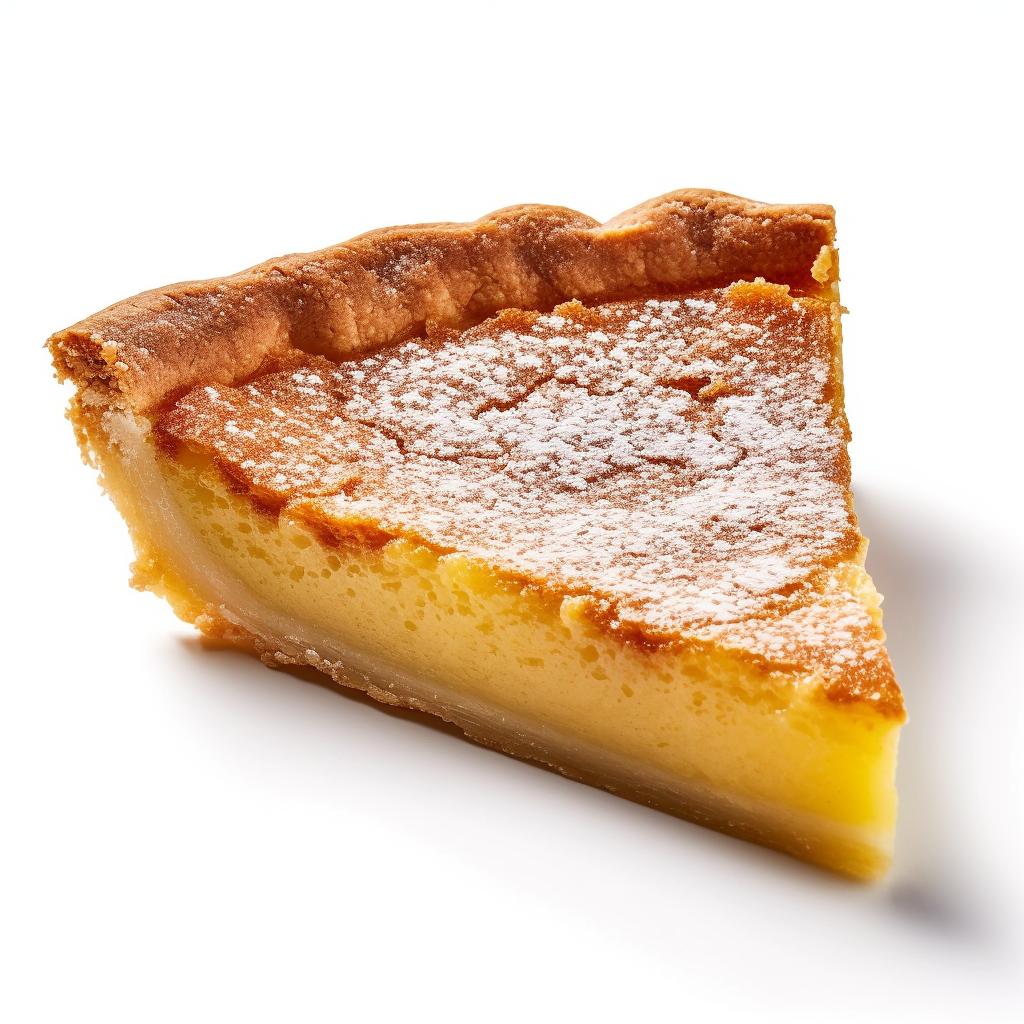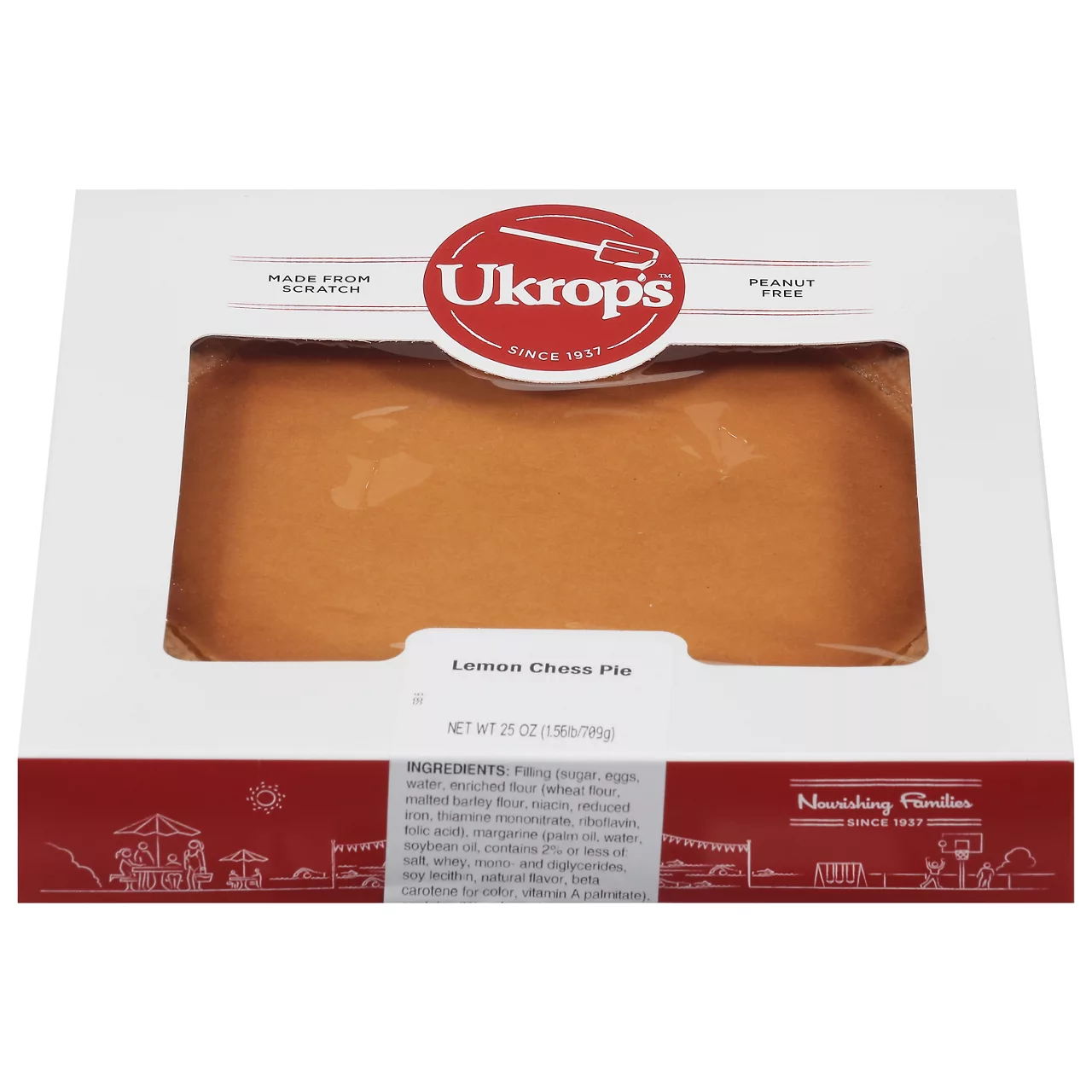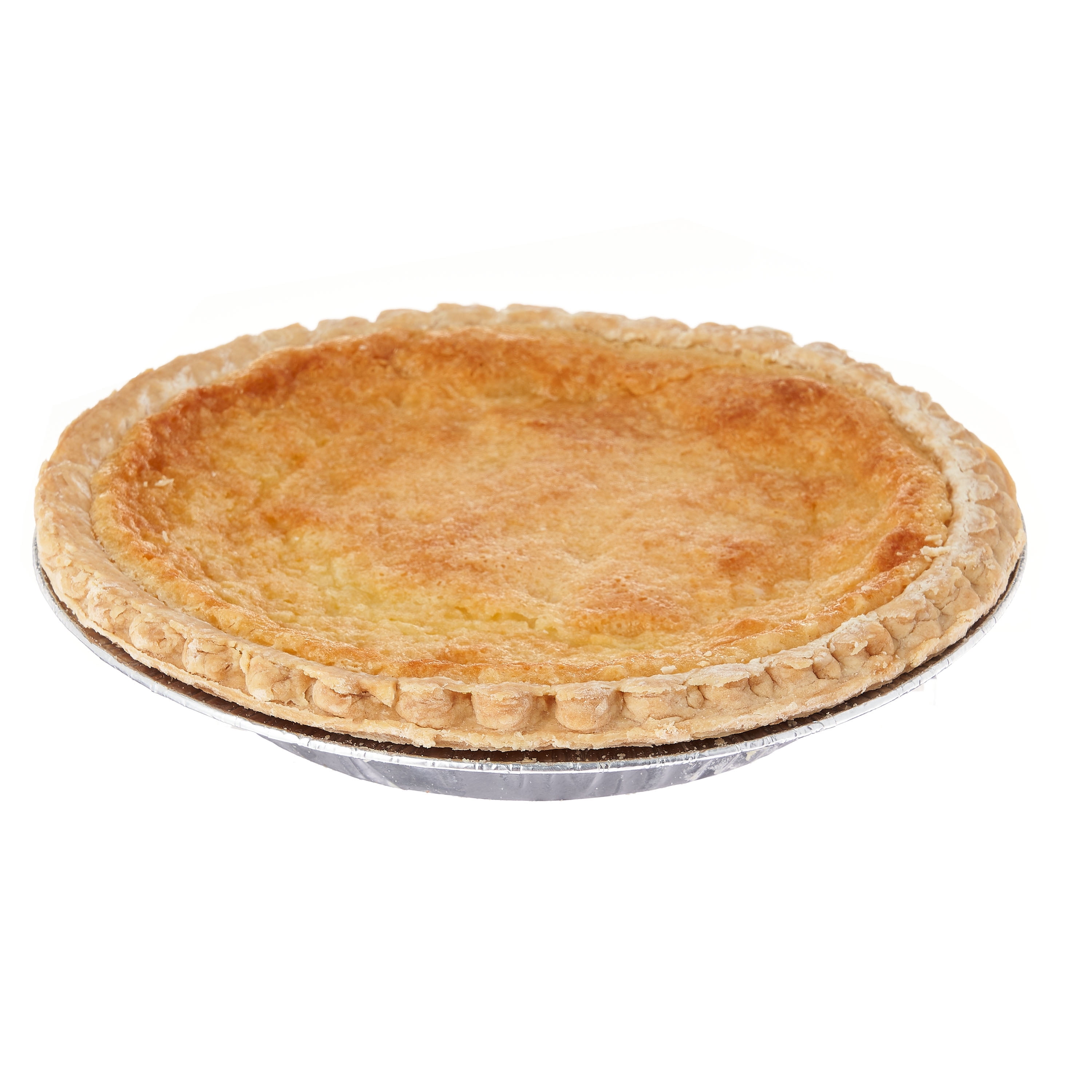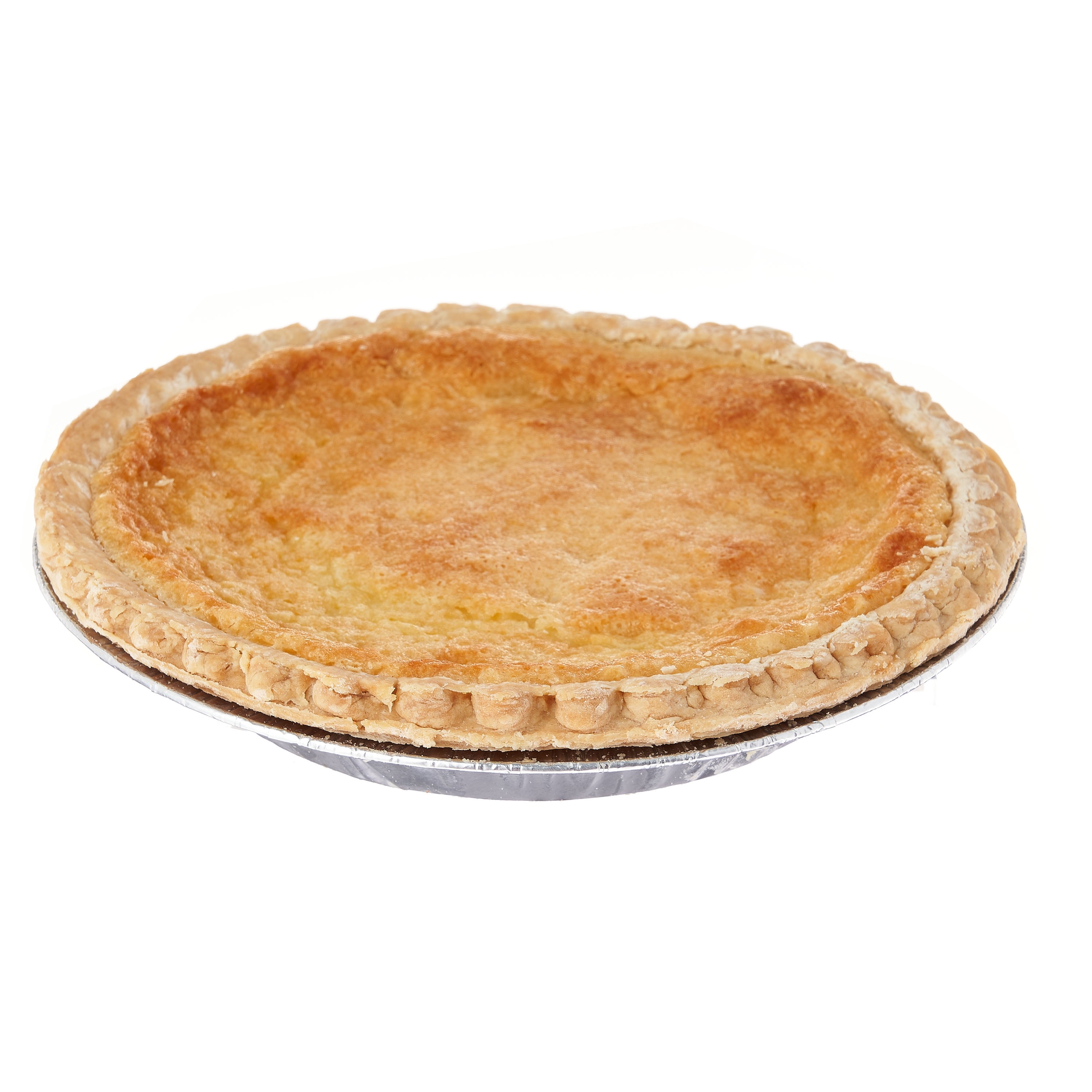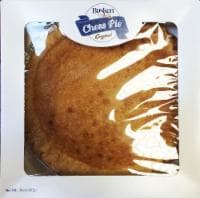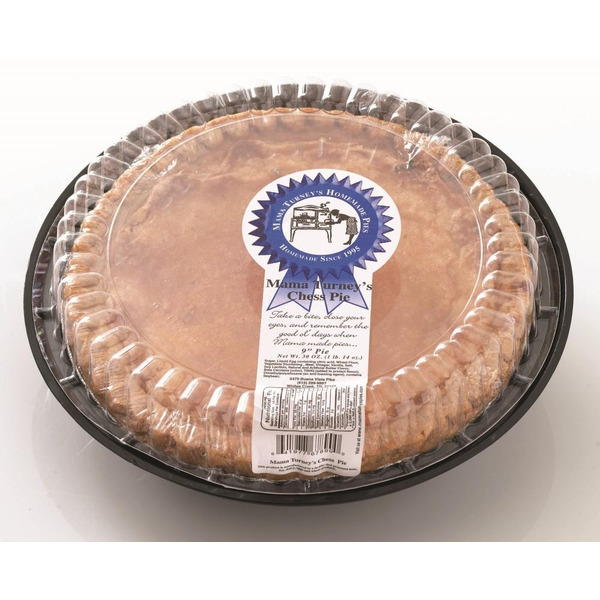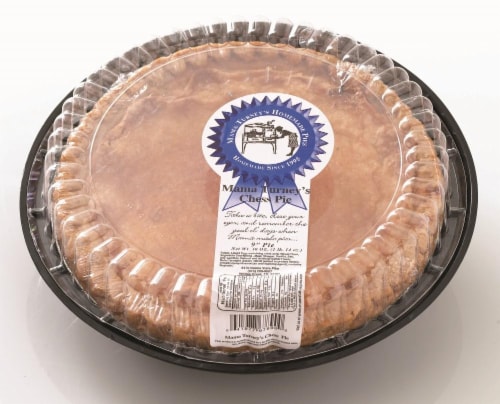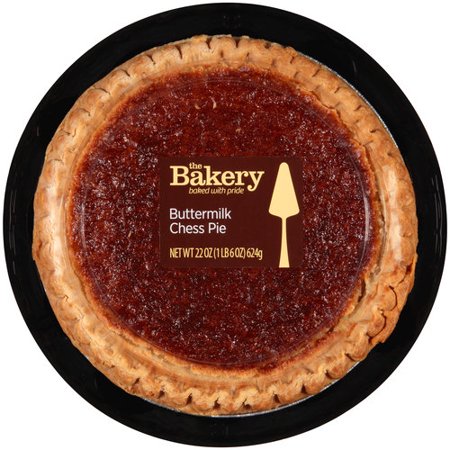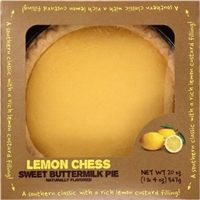Chess Pie
Hailing from the southern United States, Chess Pie is a classic dessert that should be on anyone's must-try list. This delicious pie traditionally includes ingredients such as eggs, butter, granulated sugar, and vanilla all encased in an irresistible, flaky crust.
The signature of the Chess Pie is its simple custard-like filling which, when baked, forms a subtly crunch top layer with a rich, sweet and creamy interior. It's perfect for holiday get-togethers, family dinners or even as an indulgent treat for yourself. A slice of this pie is true comfort on a plate.
71%
CARBS
21%
FAT
8%
PROTEIN
20 Chess Pie Products
Ukrop's Lemon Chess Pie
Marketside Buttermilk Chess Pie
Freshness Guaranteed Buttermilk Chess Pie
Busken Original Chess Pie
Mama Turney's Homemade Chess Pie
Mama Turney's Homemade Chess Pie
Quality Bakery Buttermilk Chess Pie
The Bakery Buttermilk Chess Pie
Sweet Buttermilk Pie, Lemon Chess
Bakery Fresh Lemon Chess Pie
Chess Pie FAQ
Chess Pie, in its simplicity, can pose some troubles to amateur bakers. A few common issues include a runny filling, burnt crust, or a lack of that signature lightly crunchy top layer. Often, these issues arise from poor custard setting, incorrect baking temperature, or over baking the pie. Ensuring that your custard mixture is thoroughly mixed and then being vigilant about the baking process could solve most of these troubles.
To get the most from your Chess Pie, make sure to use high-quality, fresh ingredients. The characteristic flavor of the pie is carried by the simplicity of its ingredients, so make sure these are the best. Also, allow the pie to cool completely before slicing it. This allows the custard to fully set and you'll get cleaner slices.
A useful tip would be to put a baking sheet under your pie while it’s in the oven. This can prevent any potential spill over mess and make clean up easier. Another trick is whisking some of your sugar with the eggs, this helps to prevent the crust from soaking up the liquid of the batter and becoming soggy.
Why is my Chess Pie runny?
Why did my Chess Pie crack on top?
Why is my Chess Pie weeping?
How can I prevent my Chess Pie crust from getting soggy?
What is the proper baking temperature for a Chess Pie?
What can I add to my Chess Pie for flavor?
Can I use a store-bought crust for my Chess Pie?
Why did my Chess Pie filling sink in the middle?
Can I make Chess Pie ahead of time?
How can I make my Chess Pie more creamy and less sugary?
Substitutes

Pie

Banana Cream Pie

Pumpkin Pie

Peanut Butter Pie

Lemon Meringue Pie

Sweet Potato Pie

Coconut Cream Pie

Key Lime Pie

Crumb Crust

Pecan Pie
See All
Health Info
Macros
65g
CARBS
18g
FAT
7g
PROTEIN
Allowed on these diets
LOW FAT
HIGH CALCIUM
VEGETARIAN
Contains these allergens
MILK
WHEAT
EGGS
